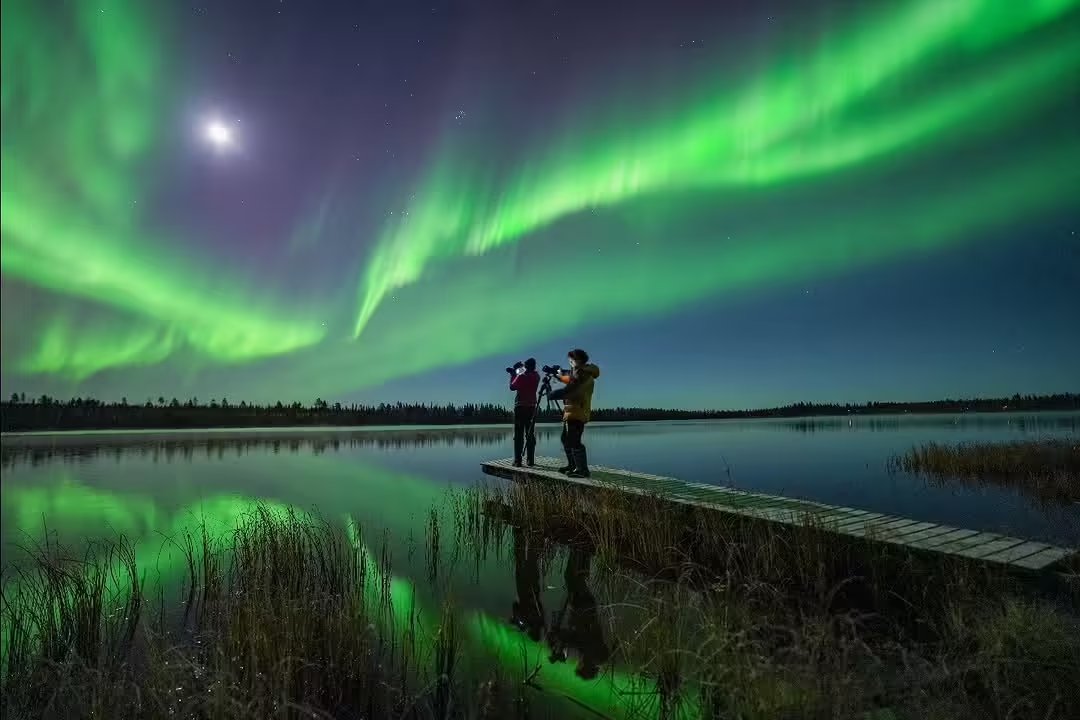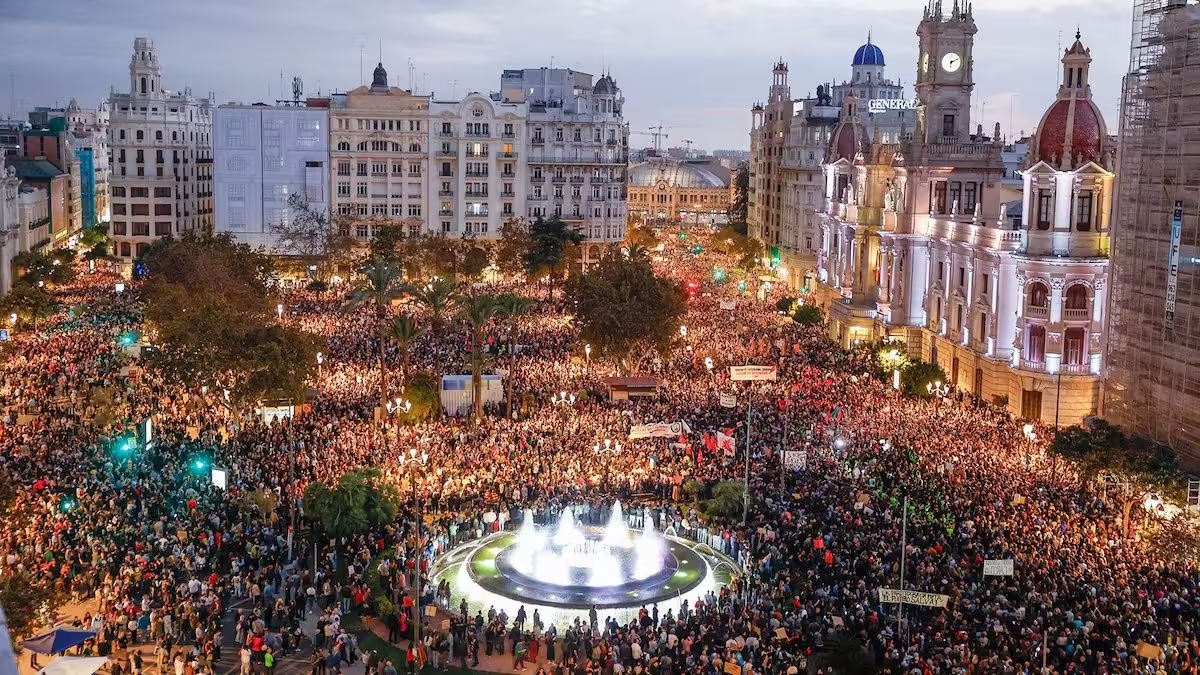Aurora Borealis in Spain: Where and When to See the Northern Lights This October
Spain is not usually a place to see the aurora borealis, also known as the northern lights. However, in recent years, strong solar storms have brought this spectacular light show to areas far south of its usual Arctic home. This October 2025, northern and eastern regions of Spain could be lucky enough to witness this rare phenomenon under clear, dark skies.
What Are the Northern Lights?
Auroras occur when charged particles from the Sun collide with Earth’s atmosphere. These particles, mostly electrons and protons, interact with gases such as oxygen and nitrogen, releasing energy in the form of colorful light. The result is the shimmering, dancing colors of the northern lights.
Normally, auroras are concentrated near the poles in a zone called the “auroral oval.” But during periods of high solar activity, the oval can expand to lower latitudes, making auroras visible much further south than usual.
Why Spain Could See Auroras in October 2025
We are currently at the peak of Solar Cycle 25, which is producing more solar storms and coronal mass ejections than usual. Experts predict that between October 20 and 29, a geomagnetic storm could reach a Kp index above 6. If that happens, northern lights may appear over parts of Spain, similar to the event in May 2024 when strong auroras lit up skies well beyond their typical range.
Aurora Boreal.
— César (@cesarguiraoweb) May 10, 2024
11 de mayo de 2024.
00:34h
Villena (Alicante).
Uso de exposición larga para apreciar con más detalle. pic.twitter.com/CtY3FQLapa
Las mejores Auroras Boreales….las de Madrid 😎😂
— Javier Martínez Morán (@jmartinezmoran) October 11, 2024
Impresionante petardazo de luz y color sobre las 01:25am.
Visible a simple vista y un recuerdo difícil de olvidar. pic.twitter.com/EnfW2jNvUe
Where to See Auroras in Spain
While Spain is far south of the usual auroral belt, strong solar storms can make northern lights visible in select areas:
- Galicia (Lugo and A Mariña): Dark-sky Starlight Reserves such as Chantada and Muras offer excellent conditions for viewing.
- Navarra: Lerín, the Bardenas Reales, and Monte Irulegui provide high-altitude, low-light locations ideal for skywatching.
- Valle del Ebro and Aragón: Areas like Gúdar-Javalambre, the Montalbán observatory, and Atalaya de Cubel combine elevation and clear skies for optimal visibility.
- Cataluña (Costa Dorada and inland Tarragona): While coastal areas are brighter, mountains such as Llaberia and Montsant provide darker, elevated vantage points.
- Pyrenees: High valleys with minimal light pollution offer good chances if the aurora intensifies.
- Eastern Coastline: Although rare, very strong storms could create faint aurora displays in elevated southern areas.
When to Look and How to Prepare
Auroras are unpredictable, but following the Kp index can help. A value above 6 increases the likelihood of seeing the northern lights in Spain. To improve your chances, choose locations with little light pollution, check weather forecasts for clear skies, and prepare cameras for night photography. NOAA in the U.S. offers reliable geomagnetic updates to track optimal viewing times. Or you can check the meteologix.com website.
Past Sightings in Spain
Auroras Borealis in Spain are rare but not unheard of. In May 2024, a geomagnetic storm with a Kp of 8 lit up the skies over León and the Sierra de Guadarrama in green, pink, and violet. The event surprised both scientists and sky watchers, proving that under the right conditions, northern lights can appear far from the Arctic Circle.
With the upcoming solar activity, October 2025 could give people across Spain another chance to experience one of nature’s most spectacular light shows.
Have you ever seen the northern lights in Spain? Did you catch them the last time they were visible in May 2024? Share your photos and experiences with us, we’d love to hear your story!
Main image: X/ @DiscoverFinland
Share this content:




2 comments